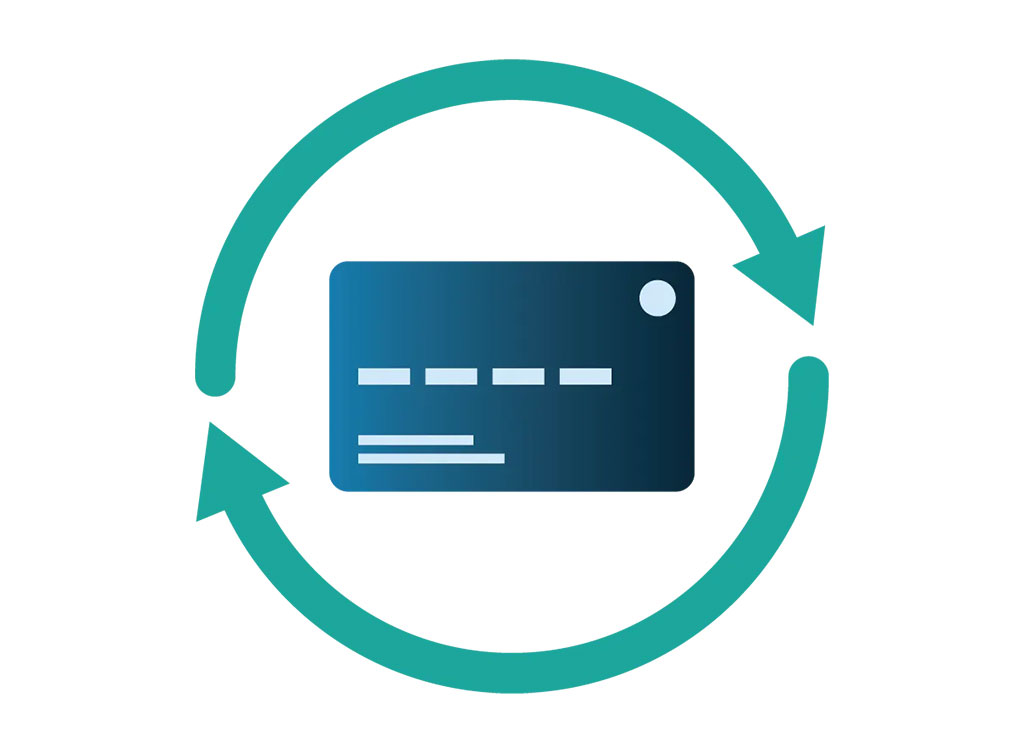Ecommerce payment processing is an essential aspect of any online business. It allows customers to make transactions and purchase products or services on your website. With the rise of ecommerce, the number of payment processing options available has also grown. Understanding the options available is crucial for ecommerce businesses to make informed decisions on how to process payments, ensure compliance, and protect against fraud.
In this article, we will discuss the different types of payment processing methods available for ecommerce businesses, the factors to consider when choosing a payment processing method, and the importance of compliance and security in ecommerce payment processing. We will provide tips and best practices for selecting the best payment processing method for your specific business needs and for ensuring compliance and protecting against fraud.
Having a reliable, efficient and secure payment processing is essential for any e-commerce business. It allows customers to make transactions and purchase products or services with ease. In this article, we will explore the various options available for ecommerce payment processing and how to choose the best one for your business.
Ecommerce Payment Processing: What are the different options available for online merchants?
1. Types of Payment Processing Methods

Ecommerce businesses have several options when it comes to payment processing methods. Some of the most common types include:
Credit/debit card processing
This method allows customers to pay using their credit or debit cards. It is one of the most widely accepted and convenient methods of payment processing. Pros include wide acceptance, ease of use, and security features like PCI compliance. Cons include higher transaction fees and the possibility of chargebacks.
E-wallets
This method allows customers to store their payment information in an online account, such as PayPal or Apple Pay. Pros include convenience and security, as customers do not need to enter their payment information for each transaction. Cons include the need for customers to set up an e-wallet account and the potential for technical issues.
Alternative payments
This method includes alternative payment methods such as bank transfers, cash on delivery, and cryptocurrency. Pros include providing customers with more payment options and catering to a wider audience. Cons include additional fees, longer processing times, and the need to comply with multiple regulations.
Bank Transfer and Direct debit
This method allows customers to make payments directly from their bank account. Pros include no fees, and the customer information is already in the system. Cons include longer processing times and potential for chargebacks.
It’s important to evaluate the pros and cons of each type of payment processing method to determine the best fit for your business.
Ecommerce businesses have several options when it comes to payment processing methods. Some of the most common types include credit/debit card processing, e-wallets, alternative payments and bank transfers. Each method has its own set of pros and cons, and it’s important for businesses to evaluate them before making a decision on which method to use.
2. Choosing the Right Payment Processing Method for Your Business

Choosing the right payment processing method for your ecommerce business can be a daunting task, but it is crucial to ensure the smooth running of your business. When selecting a payment processing method, it is important to consider the following factors:
Cost
The cost of payment processing can vary depending on the method, and it is important to consider the transaction fees, monthly fees, and other costs associated with each method.
Security
Data security is crucial for protecting your business and customers from fraud. Consider the level of security provided by each payment processing method and ensure that they are compliant with industry standards.
Customer preference
Consider the preferences of your customers when choosing a payment processing method. For example, if your customers are more likely to use e-wallets, it may be more beneficial for your business to offer this option.
Availability for your market
Some payment methods are not available in certain countries, it’s important to check if the method you are considering is available for your target market.
Integration
Consider if the payment method you are considering can be integrated with your existing e-commerce platform
Once you have considered these factors, you can narrow down your options and select the best payment processing method for your specific business needs.
When choosing a payment processing method for your ecommerce business, it is important to consider factors such as cost, security, customer preference, availability for your market, and integration. By considering these factors, businesses can select the best payment processing method for their specific needs and ensure the smooth running of their business.
3. Compliance and Security

Compliance and security are crucial aspects of ecommerce payment processing. Compliance refers to adhering to laws, regulations and standards that apply to the payment industry, while security refers to protecting sensitive customer information from unauthorized access or theft.
To ensure compliance, ecommerce businesses should take the following steps:
- Understand and comply with the Payment Card Industry Data Security Standards (PCI DSS)
- Obtain an SSL certificate for their website
- Comply with the regulations of the country in which they operate
To protect against fraud, ecommerce businesses should take the following steps:
- Use secure payment gateways and processors
- Implement fraud detection and prevention tools
- Use two-factor authentication
- Monitor transactions for suspicious activity
- Keep software up to date
It’s important to note that compliance and security are ongoing efforts that require regular monitoring and updating to keep up with new regulations, standards, and threats.
In summary, compliance and security are crucial aspects of ecommerce payment processing. Ecommerce businesses should take steps to ensure compliance with relevant laws and regulations, and implement measures to protect against fraud. These measures include understanding and complying with the Payment Card Industry Data Security Standards (PCI DSS), obtaining an SSL certificate, using secure payment gateways and processors, implementing fraud detection and prevention tools, using two-factor authentication, monitoring transactions for suspicious activity and keeping software up to date.
In conclusion, ecommerce payment processing is an essential aspect of any online business. Understanding the options available and choosing the right method for your business can ensure smooth transactions, increase customer satisfaction, and protect your business from fraud. The different types of payment processing methods available include credit/debit card processing, e-wallets, alternative payments, and bank transfers. Each method has its own set of pros and cons, and it’s important to evaluate them before making a decision. Factors to consider when choosing a payment processing method include cost, security, customer preference, availability for your market, and integration.
It’s also important to ensure compliance with laws and regulations, and implement measures to protect against fraud. This includes understanding and complying with the Payment Card Industry Data Security Standards (PCI DSS), obtaining an SSL certificate, using secure payment gateways and processors, implementing fraud detection and prevention tools, using two-factor authentication, monitoring transactions for suspicious activity and keeping software up to date.
We encourage our readers to implement the best practices and tips discussed in this article to ensure compliance and protect against fraud in their ecommerce business. Choosing the right payment processing method, and implementing the right security measures, will ensure the smooth running of your business and increase customer satisfaction.







